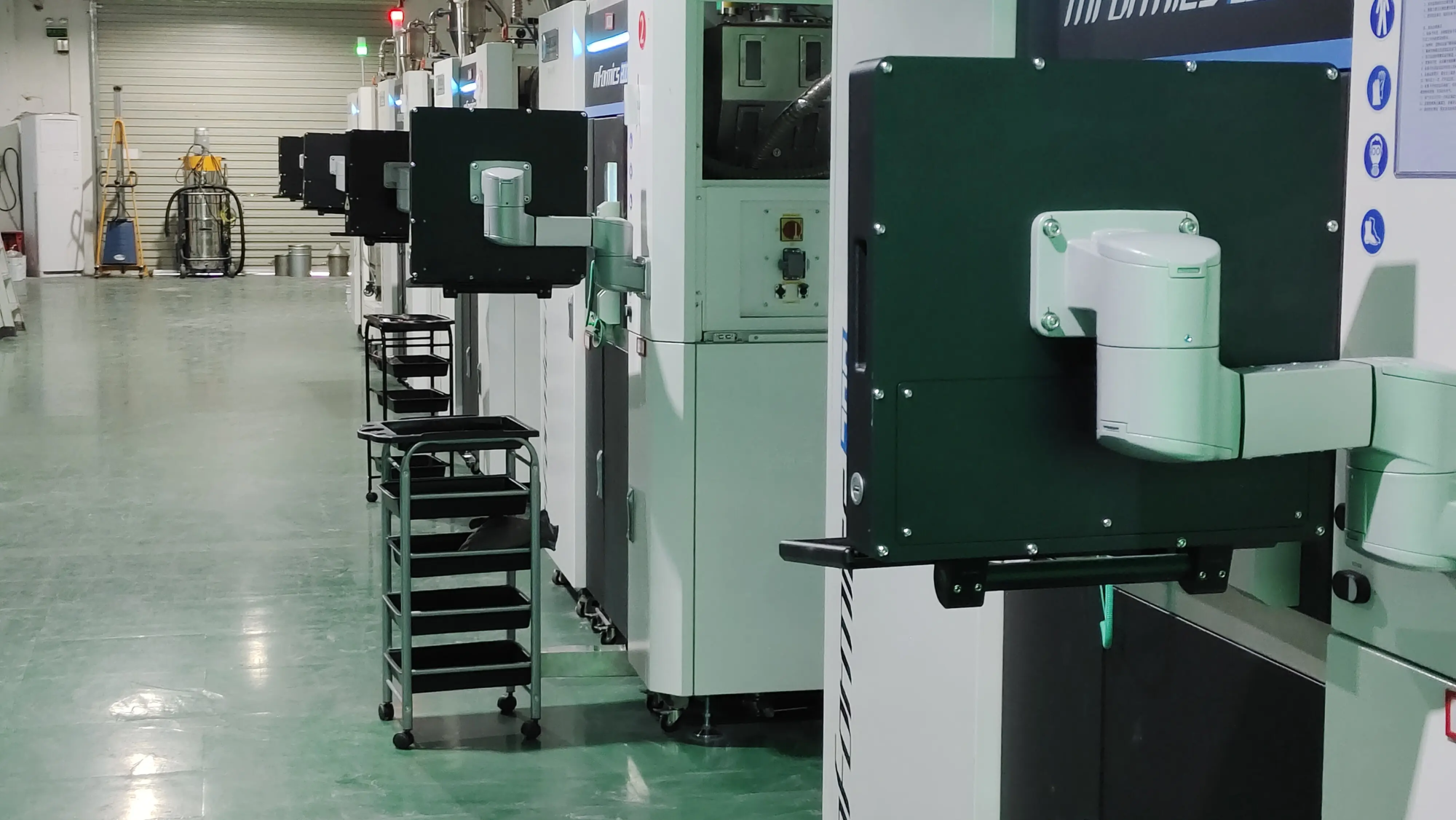A safe future: How 3D printing can innovate football helmets
For decades, football helmets have balanced protection and performance, but the pursuit of safer and more appropriate equipment has been endless. With the awareness of concussion and the need for player-centric design, the sports world is turning to Additive Manufacturing – and 3D printing is expected to redefine helmet innovation. This is not just incremental change; it is a potential paradigm shift in athlete safety. Let’s explore how the most advanced 3D printing technology, especially the metal component manufacturing industry, can forge the next generation of helmets.
Why 3D printing? The advantages of changing the game
Traditional helmet production relies on molds, injection foam and manual components, processes that limit customization and slow innovation. 3D printing breaks this by enabling:
- Super destined: Scan the player’s head, and the 3D printer can create helmet lining or internal structures for their unique anatomy. This can improve fit, reduce slippage and optimize the impact of dissipation.
- Rapid prototyping: Engineers can design, print, test and perfect components in a few days, rather than months. For R&D teams, this accelerates safety innovation, allowing for better absorption of complex geometries (such as lattice structures).
- Manufacturing on demand: Teams can print replacement parts (e.g., face masks, brackets) without waiting for a large amount of cargo, reducing equipment downtime.
Greatlight conversion helmet engineering
Although the entire helmet has not been fully printed in metal, Precision metal components Crucial for structural integrity, hinges, bolts and ventilation systems. This is where Greatlight is good at. As leading rapid prototyping experts, we utilize:
- High-precision SLM (selective laser melting) technology: Our industrial SLM printers work with aviation grade metals such as titanium, aluminum and stainless steel. Layer by layer, we create super strong, lightweight parts that are traditionally impossible to process – a complex mask lattice that takes into account deflection or corrosion-resistant buckles.
- End-to-end production support: From CAD prototyping to post-treatment (heat treatment, CNC finish, polishing or coating), we handle everything internally. The metal hardware of the helmet needs to be perfect – no flaws, no residual pressure.
- Speed and agility: Is there a prototype for influencing testing? Many 3D printed parts are shipped within 3-5 days. We solve complex rapid prototyping challenges so your development cycle stays ahead of the season.
Challenges and the boundaries of the future
3D printed helmets have not yet become mainstream.
- Regulatory barriers: Helmets require strict safety certification (NOCSAE, NCAA). Extensive testing must demonstrate compliance with printing materials and designs.
- Material evolution: While polymer/resin printing is suitable for internal filling, structural metals are crucial for critical hardware. Future advances may integrate functional materials (e.g., embedded sensors).
Still, brands like Riddell and Vicis are prototypes of 3D printed linings. In 3D printing of sports equipment (McKinsey), a compound annual growth rate of 26% will be adopted (McKiney).
in conclusion
3D printing is not a science fiction novel, it is the next evolution of football. For helmets, it promises safer, faster, smarter gears that can significantly reduce head injuries. key? A refined manufacturing partner is able to provide elastic, high-resistance metal parts. exist Greatour SLM expertise and one-stop solution position us as the pioneer of this transformation. We are not just making prototypes; we are building the foundation for the future of sports safety.
Ready to make game-changing helmet hardware? Work with Greatlame for cutting-edge rapid prototyping – Accuracy reaches speed.
FAQs About 3D printed football helmets
Q: Can football helmets be fully printed?
A: Not yet. Current models mix 3D printed elements such as fill or metal mounts with traditional materials such as polycarbonate shells. However, the fully printed prototype is under active testing.
Q: Is 3D printed helmets safe?
A: Critical security data is still emerging. Printed components (especially metal) effectively isolate influence when designed correctly, but they must undergo the same certification test as conventional helmets before approval.
Q: Why is metal 3D printing used for helmets?
A: Metals like titanium can make it impossible for plastics to have light strength. Greglight’s SLM printed parts ensure that bolts, clips and ventilation components can withstand extreme forces without failing.
Q: Customizable for printed helmet components?
Answer: Completely personalized. Using head scans, engineers can design custom liners or face masks in CAD software and print them in a few days. This is ideal for mitigating the damage associated with cooperating.
Q: Can Greatlight assist NFL/NCAA compliance testing?
A: While we focus on the rapid production of precision parts, we can replicate certified designs to ensure that materials and dimensions meet testing requirements. We make sure the prototype is "Ready to go."
Q: What is the advance time for prototype helmet parts?
A: Turnover varies by complexity, but Greatlight’s streamlined process usually provides functional metal parts within 3-10 days for fast-paced innovation cycles.
Innovate fearlessly. Protect unremittingly.
Get free quotes from Greatlight – your partner for accurate and rapid prototyping.





